Mary Keen: The secrets of vertical gardening
Gardener and author Mary Keen on why you should think up to make the most of your garden.
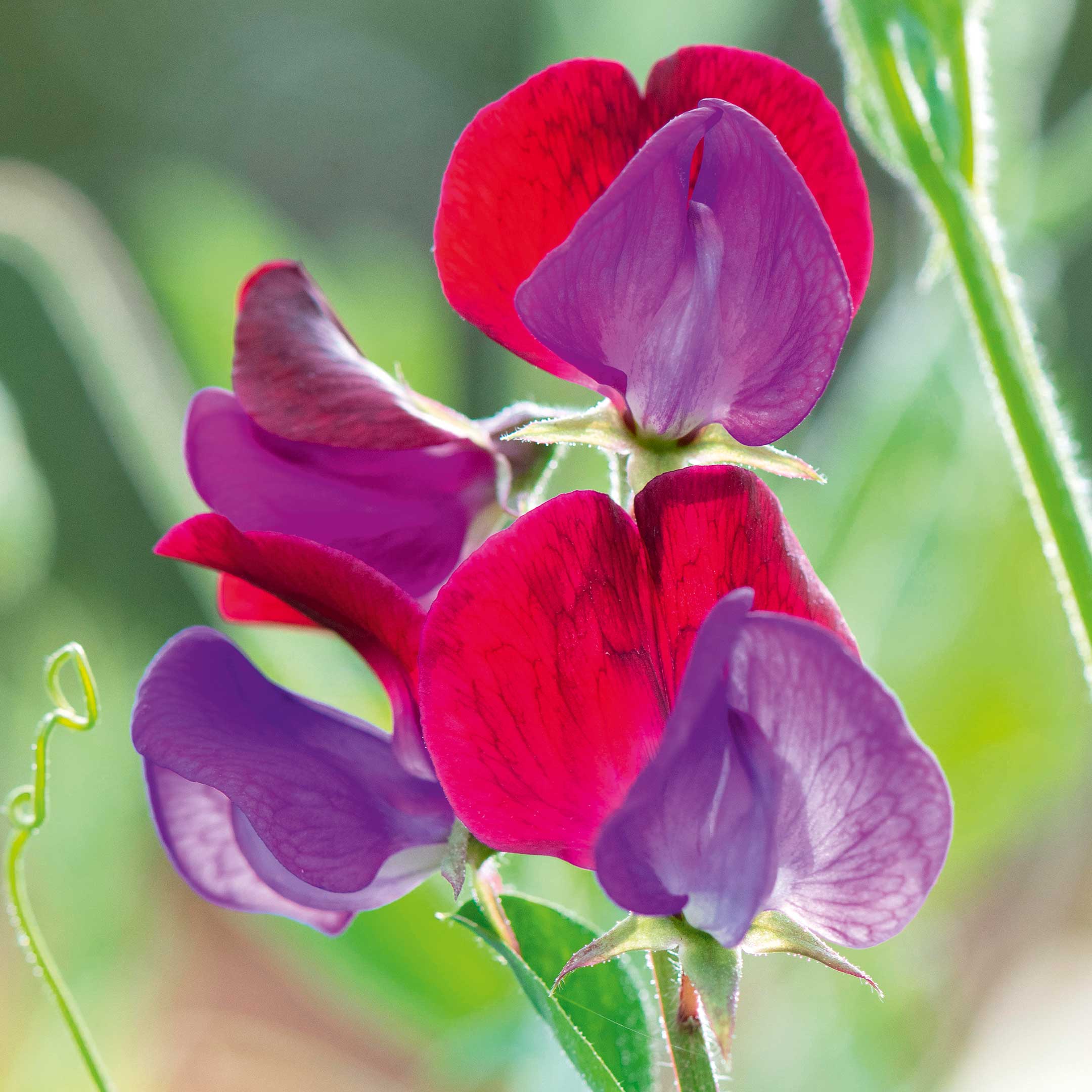
Vertical gardening is a useful trick for those in a hurry. If you want instant height in a border, try a tripod, a wigwam of pea sticks, a metal obelisk or even simply a wooden post, then plant an annual climber or two at the bottom and watch the plants race to the top in a couple of months. They can also clothe your new walls long before more permanent things are ready to take over.
If you are careful about what you pair with what, annual climbers can co-exist with long-term choices. I am still waiting for my favourite ‘Bengal Crimson’ rose to spread its wings in the courtyard, so a good companion for the time being is Lathyrus matucana, the sweet pea with the best scent of all. The deep red of the rose and rich dark velvety purple of the pea are fine together. But the rose has to win, so only a few strands of L. matucana are allowed to climb among and above the thorns.
Rhodochiton atrosanguineus, of the tiny purple bells and in a similar colour range, would also work. Or I might have tried morning glory, Ipomoea tricolor ‘Heavenly Blue’, which is true to its name, but shivers at any hint of cold. I had some grown by a friend and, even in the greenhouse in late April, they became wan after I banished the heater too soon.
A hardier convolvulus is Ipomoea ‘Grandpa Ott’, which is a rich purple rather than blue. Last year, I grew it up Ribes speciosum. I love this currant’s tiny red flowers in spring, but in a small garden it is dull in summer. Annual climbers are useful for clothing shrubs that have already performed. Those that bloom early tend to need pruning after flowering, which should be done before you let the annual begin its ascent. If I wanted a yellow shawl to throw over a winter jasmine in its passenger moment, I might choose Tropaeolum peregrinum, the canary creeper, which is a stronger grower than any of the annuals already mentioned. Ordinary climbing nasturtiums would be useful if they weren’t so caterpillar prone.
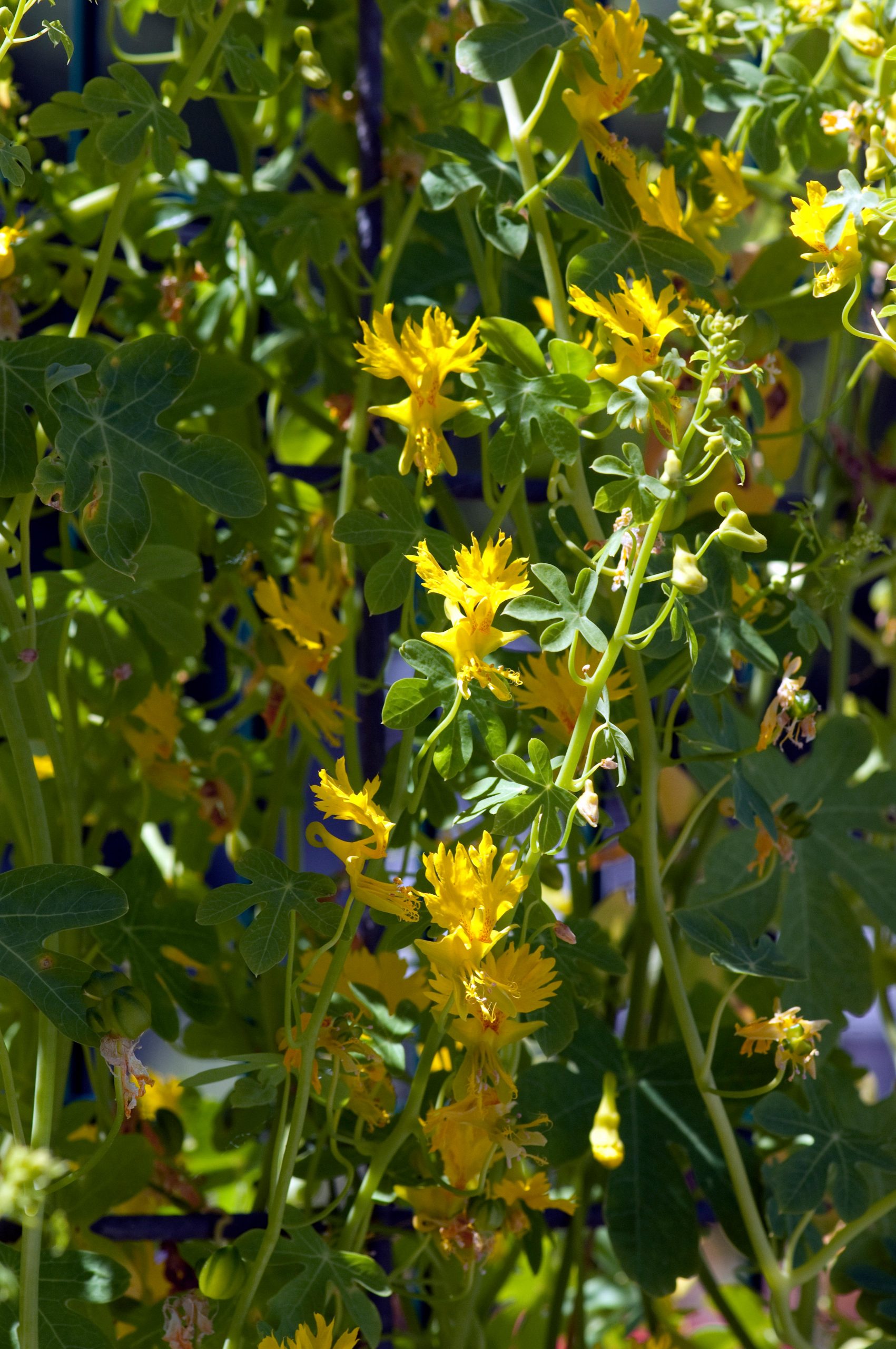
Species forms of the pea family are particularly attractive, because they come in glorious colours. Lathyrus tingitanus, from Tangier, is coral pink. L. sativus is never tall, but its flowers are an irresistible azure and it is the right height to grow under the greenhouse. L. chloranthus is that zinging shade of lime that always lights up a flowerbed.
A much more thuggish, currently fashionable annual climber is the white Cobaea scandens. The more ordinary version is murky purple and the flowers of both are large. I wouldn’t let a cobaea anywhere near a plant that was still gathering strength, but it would be terrific on a fence, an arch or an obelisk where the permanent plant had still to be chosen. Known as the cup and saucer plant, cobaea can reach more than 20ft in a season.
Also strong growers, thunbergias come in white, yellow, apricot and orange, with black centres. I find them hard to use, because they are a bit too showy for my own garden, which is aiming for a delicate wild look, but they will appeal to lovers of the bold and dramatic. With all the annual climbers, you do need to get going early if you want to see flowers long before autumn sets in. Most are easily grown from seed under glass, but for those who want to buy plants, Sarah Raven usually has cobaea, thunbergia and rhodochiton, as well as sweet peas.
Sign up for the Country Life Newsletter
Exquisite houses, the beauty of Nature, and how to get the most from your life, straight to your inbox.
Where there is no host plant to scramble through, supports will be needed. Netting is good for most things; jute, if you can find it, or black fruit netting if you can’t. With a little help from the gardener, the twiners can twirl around a post or up an arch. Sometimes, lengths of vertical string, either tied to pegs and buried or fastened from vine eye to vine eye, will be enough to support a vine. All annual climbers, especially the pea family, will flop on the floor if you don’t give them something to help them on their way at the start. Our sweet peas are provided with pea sticks, but until they get going they need to be gently attached to a twig that is thin enough for an infant plant to clasp.
Paradise and Plenty, A Rothschild Family Garden by Mary Keen is out now
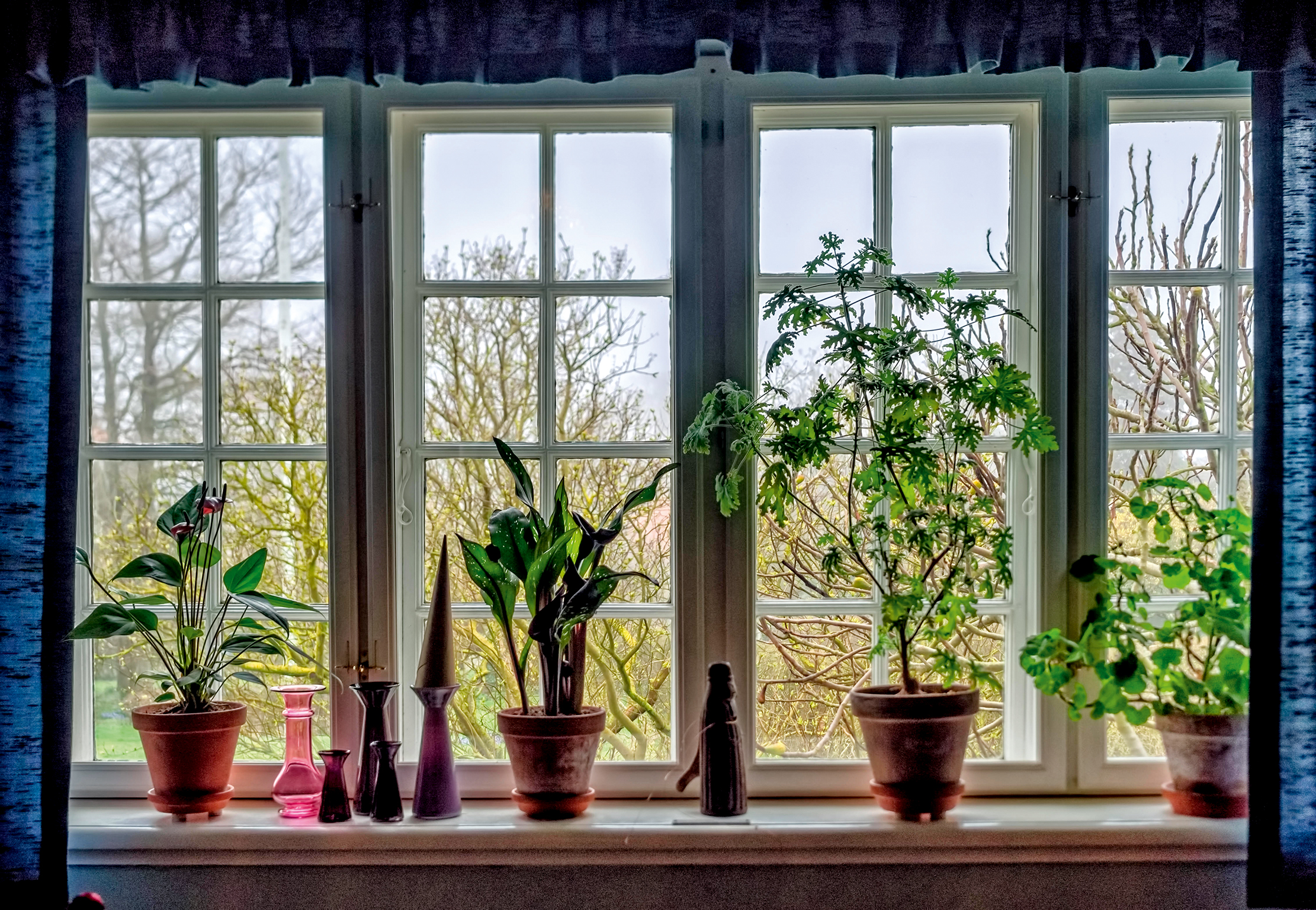
Credit: Alamy
Mary Keen: The secrets of windowsill gardening
The internationally-renowned garden designer and writer Mary Keen turns her thoughts indoors to the best plants to grow on windowsills
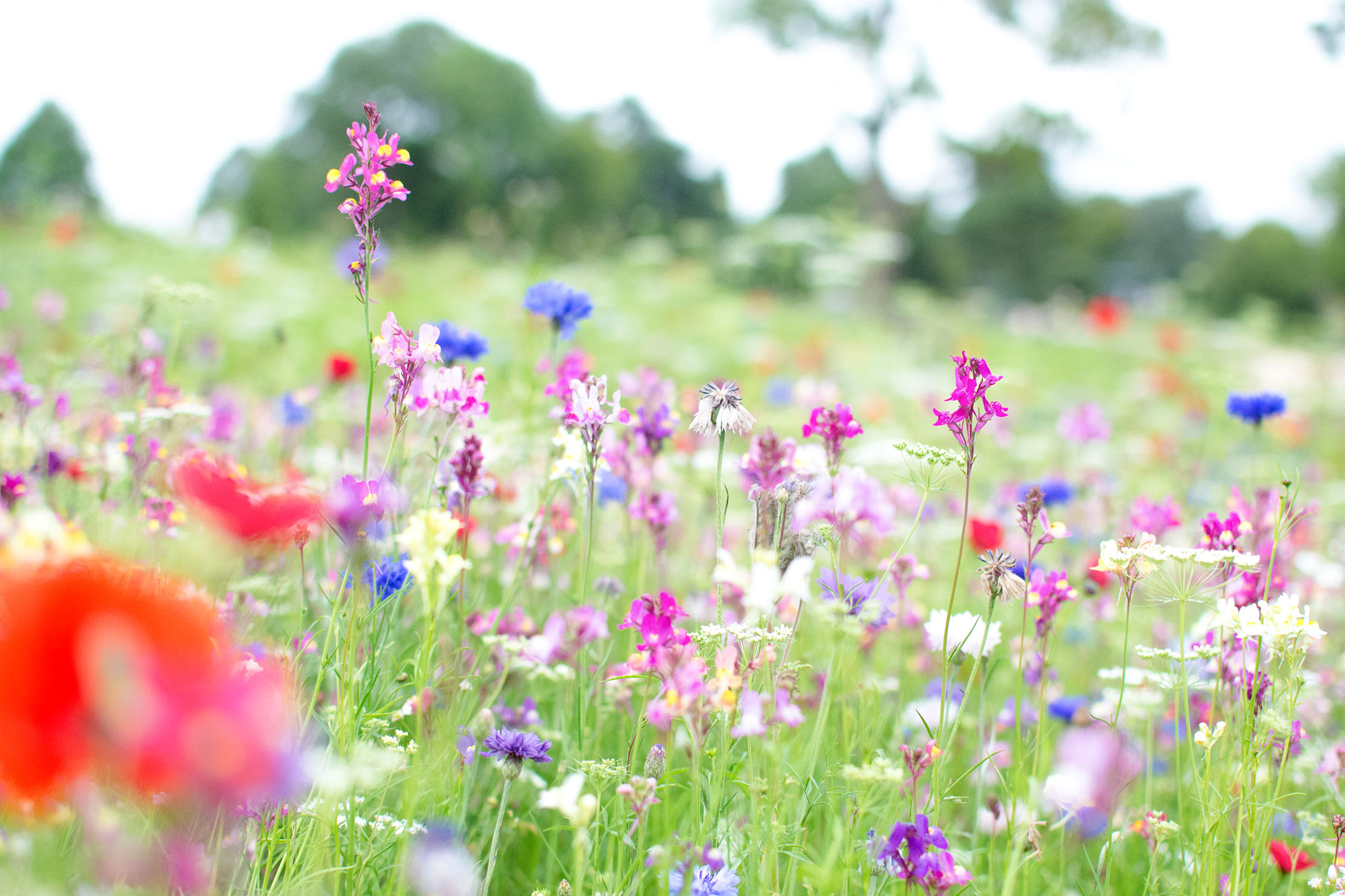
Mary Keen: How to plant your own wildflower meadow
The gardener, plantswoman and writer Mary Keen shares her experience of planting a spectacular wildflower meadow.
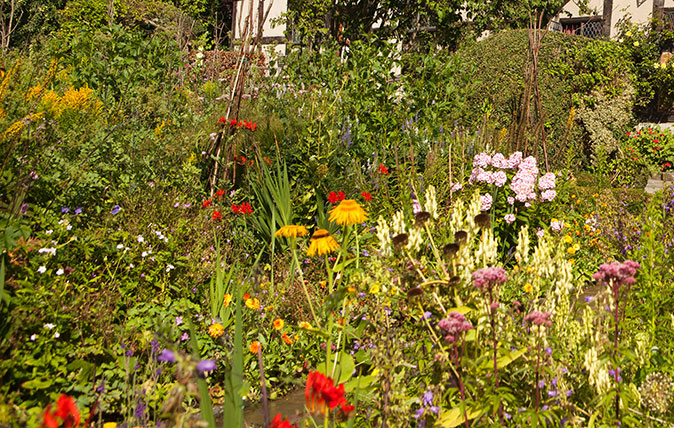
Credit: Alamy
Mary Keen: Don't fear downsizing – the joy of starting a new garden from scratch will make up for what you leave behind
The satisfaction of creating a beautiful garden is all the greater when, thanks to a move of house, you’ve had
-
 Designer's Room: A solid oak French kitchen that's been cleverly engineered to last
Designer's Room: A solid oak French kitchen that's been cleverly engineered to lastKitchen and joinery specialist Artichoke had several clever tricks to deal with the fact that natural wood expands and contracts.
By Amelia Thorpe
-
 Chocolate eggs, bunnies and the Resurrection: Country Life Quiz of the Day, April 18, 2025
Chocolate eggs, bunnies and the Resurrection: Country Life Quiz of the Day, April 18, 2025Friday's quiz is an Easter special.
By James Fisher
